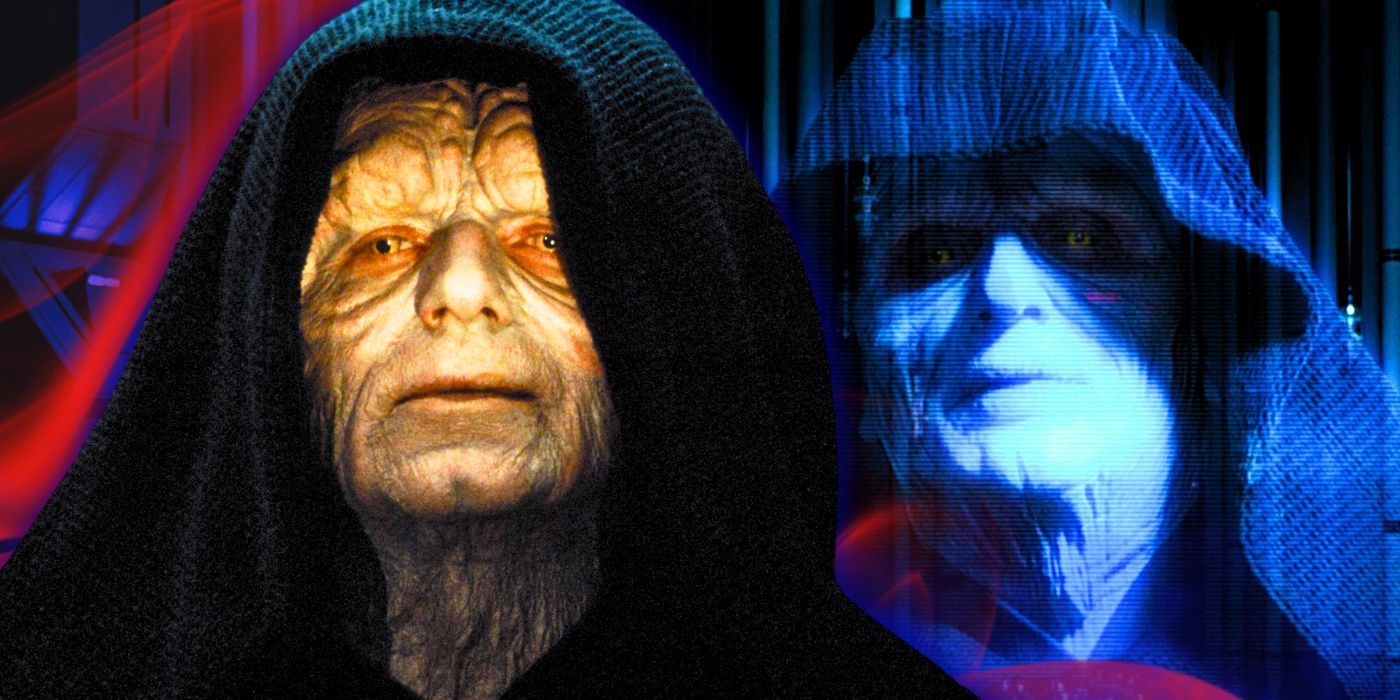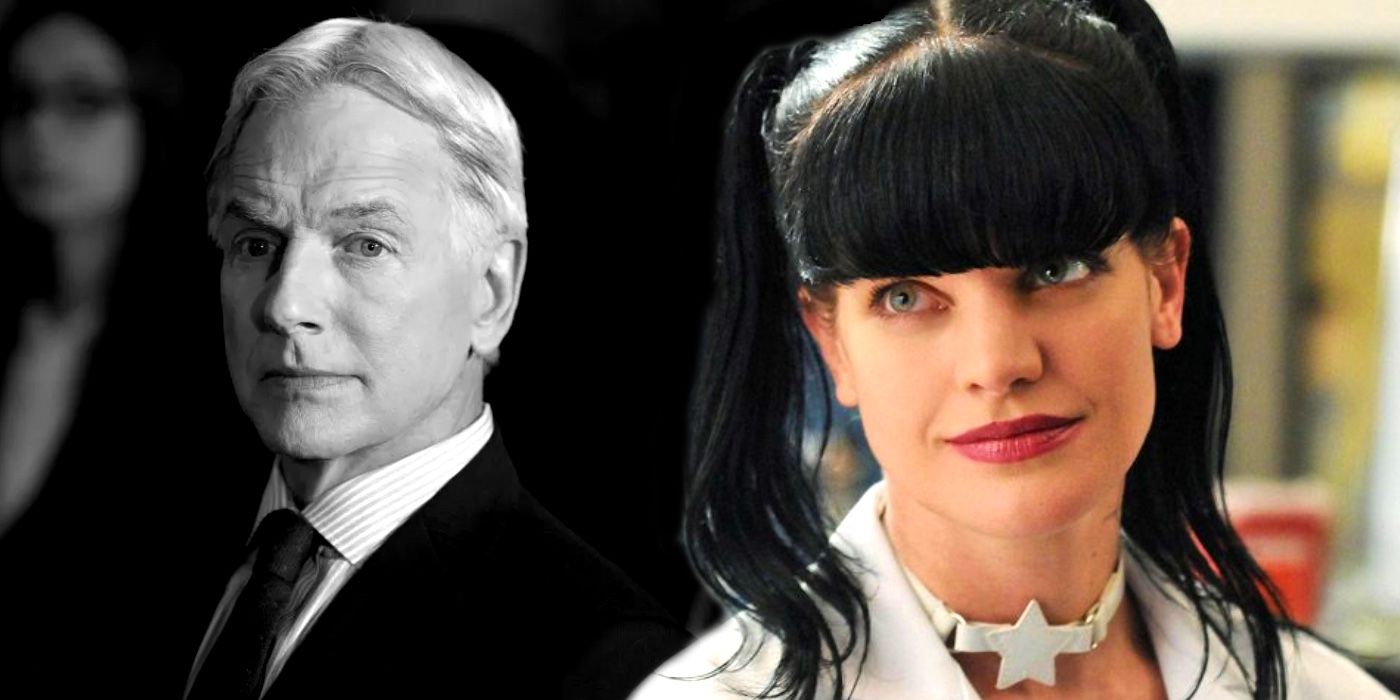Warning: Spoilers for Venom (2021) #25 ahead!More than anything else, Doctor Doom is infamous for his use of his eponymous “Doombot” robotic doubles. While spectating a fight between Venom and Kang the Conqueror, Doom’s thoughts turn to the machines that bear his likeness and why he prefers them to other methods: they simultaneously keep Doom omnipresent and functionally invulnerable.
Al Ewing, Sergio Dávila, Sean Parsons, Ken Lashley, Cafu, Julius Ohta, and Frank D’armata’s Venom (2021) #25 comes just as Eddie Brock has hijacked Doctor Doom’s time platform, sending them careening through time while Venom attempts to make his way to Meridus and his alternate selves. Seeking a compromise, Doom takes Eddie to Kang the Conqueror, hoping that Kang will have a time machine Eddie can use (thereby keeping him out of Doom’s hair). However, Kang splits himself into “chronoclones” and attacks.
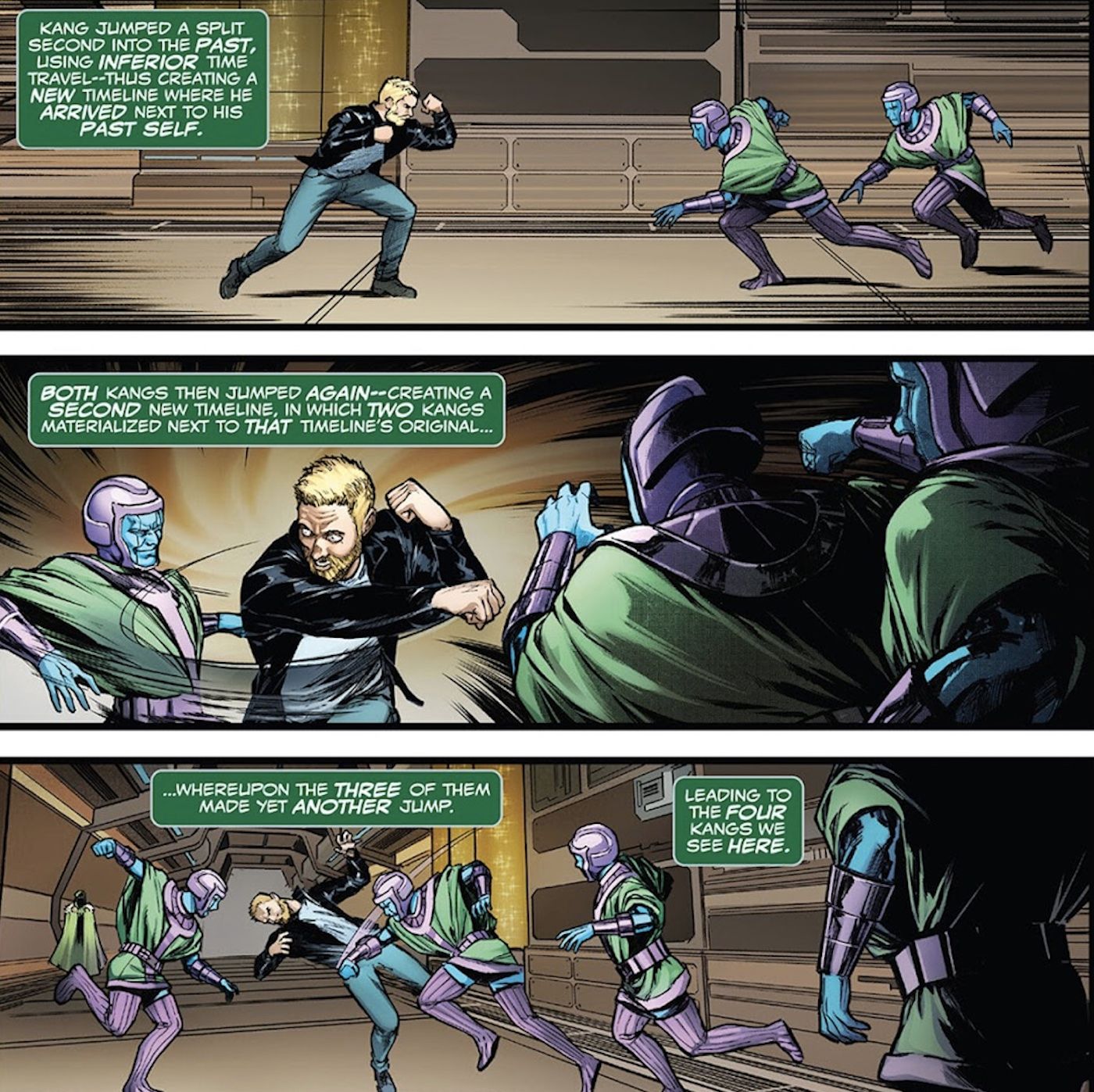
The battle is one-sided; Eddie’s new “human-symbiote” powers quickly overcome one Kang while Doom annihilates a second and the fourth Kang turns on the third. The battle thusly concluded, Kang is ready to talk business, but while they do Doom likens the “chronocloning” gambit to a poorly played game of chess: “There’s a difference between sacrificing pawns…and blithely laying down your king.“
Doombots Preserve Doom’s Fantastic Ego
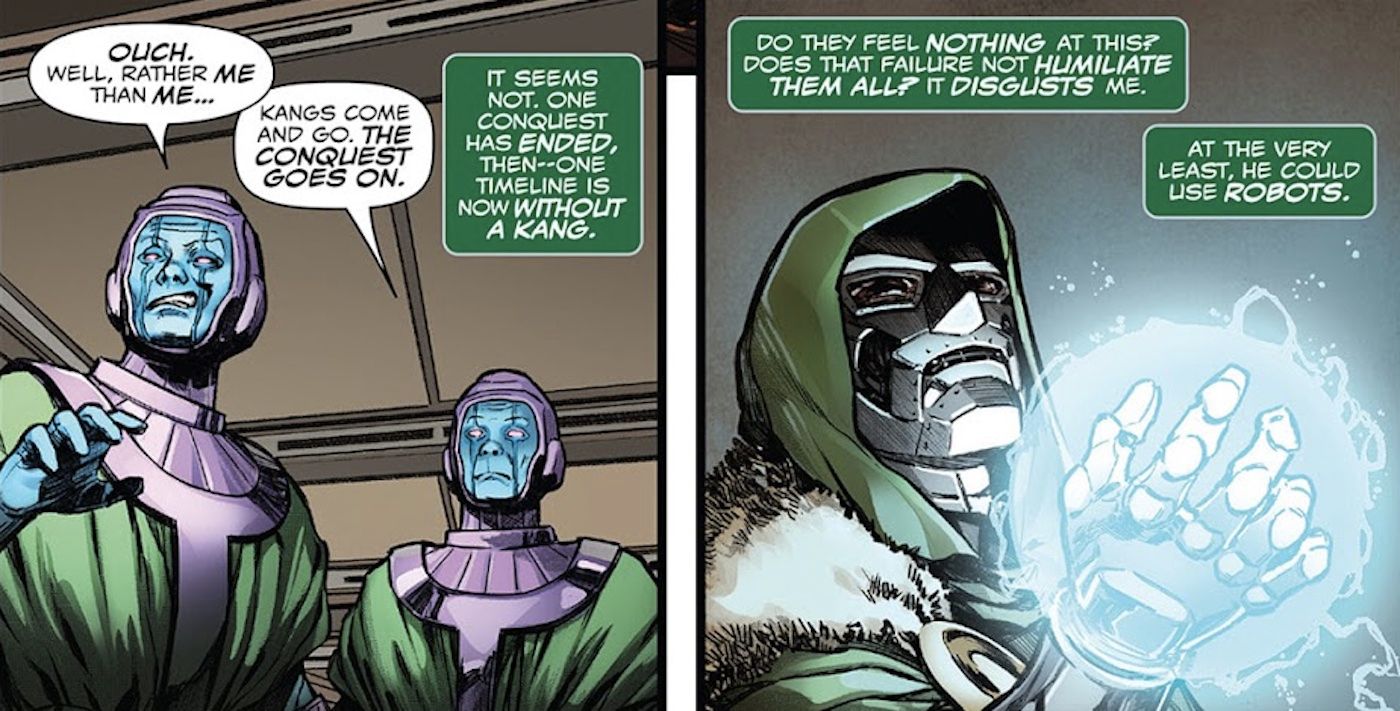
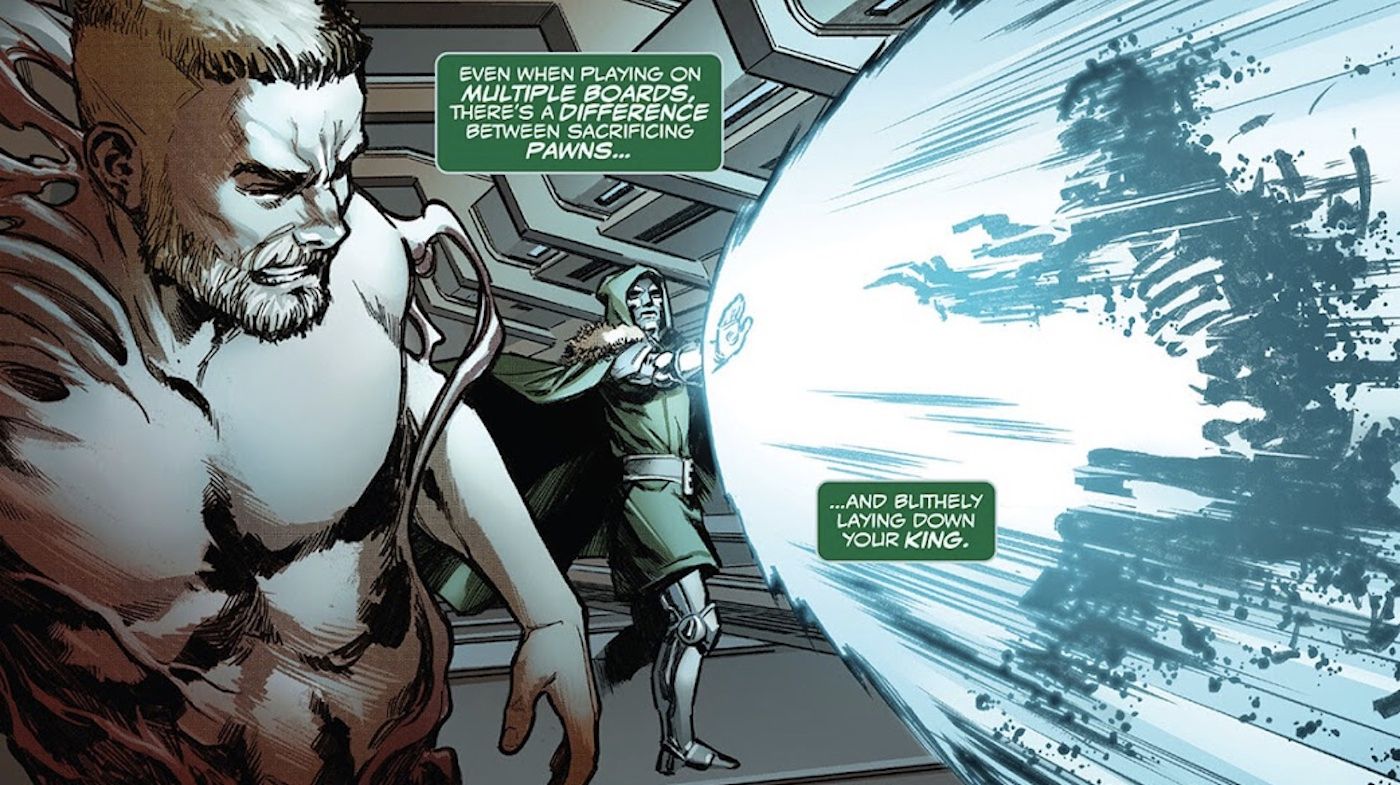
This is where Doom’s Doombots come into play. A vital tool in Doom’s arsenal, the Doombot made its first appearance alongside Doctor Doom himself in Stan Lee, Jack Kirby, Joe Sinnot, Stan Goldberg, and Artie Simek’s Fantastic Four (1961) #5, acting as a decoy while Doom lures the Fantastic Four into a trap. Since then, the Doombot’s capabilities have been expanded upon; as an exact robotic duplicate of Doctor Doom, Doombots carry all of Doom’s knowledge and powers at the time of their creation. Furthermore, each Doombot is programmed to believe themselves to be the true Doctor Doom, making it even more difficult to tell if one is dealing with a copy or the original.
Doom’s disgust at the deaths of Kang’s alternate selves paints the full picture. To Doom, any kind of defeat is utter humiliation; Doom cannot conceive of defeat, unwilling to ever compromise a version of his true self. With his Doombots, Doom is able to bring a significant percentage of his power to any conflict in as many multiples as he desires – and if they are defeated, he can write off the loss as not a “true” defeat (since a Doombot is merely a copy) and thus maintain his sense of invulnerability. This is arguably for the best, as the few times Doctor Doom has faced personal defeat (such as in Ryan North, Iban Coello, and Jesus Aburtov’s Fantastic Four (2022) #7) prove that he would rather destroy himself than admit he could ever lose.
The Doombot is an elegant compromise for a man who neither wishes to hold himself back nor ever risk a single loss. Doom’s obsession with Doombots is his way of coping with the countless defeats he has suffered over the years while being psychologically incapable of accepting loss, with the advantageous side effect of creating an army of super-powered genius soldiers. Doctor Doom‘s copies may not be as perfectly identical as Kang’s chronoclones or as autonomous as Venom’s symbiote alter-selves – but the Doombots are the perfect tool for an egotist who is obsessed with having it both ways.
Venom (2021) #25 is now available from Marvel Comics.
